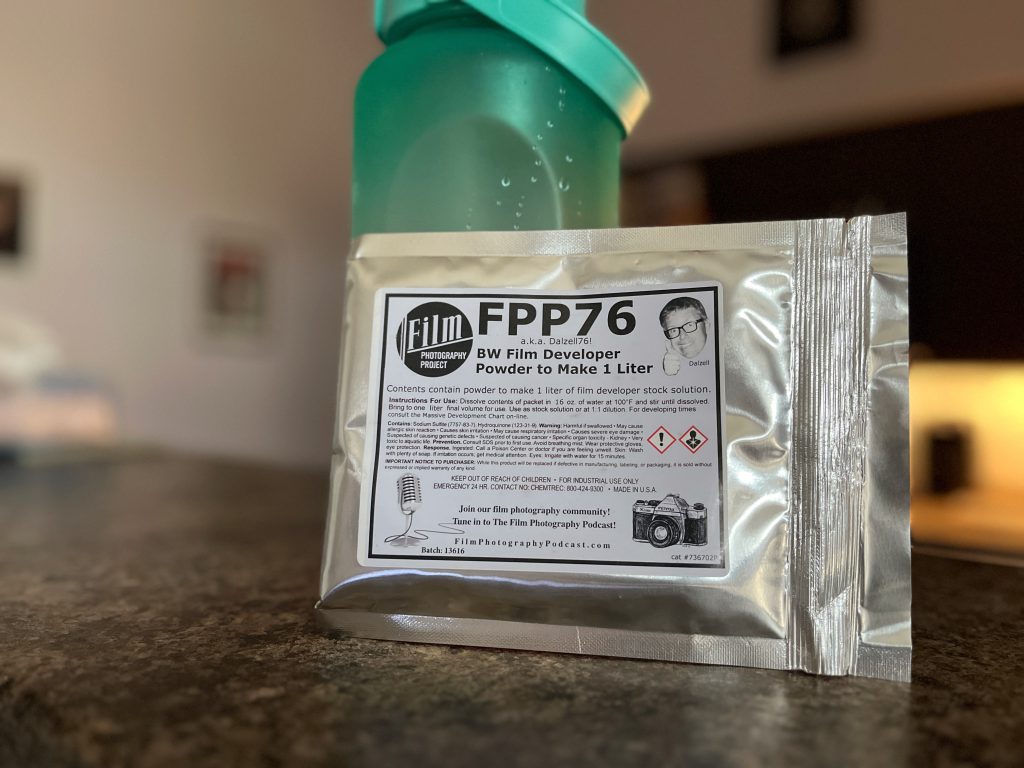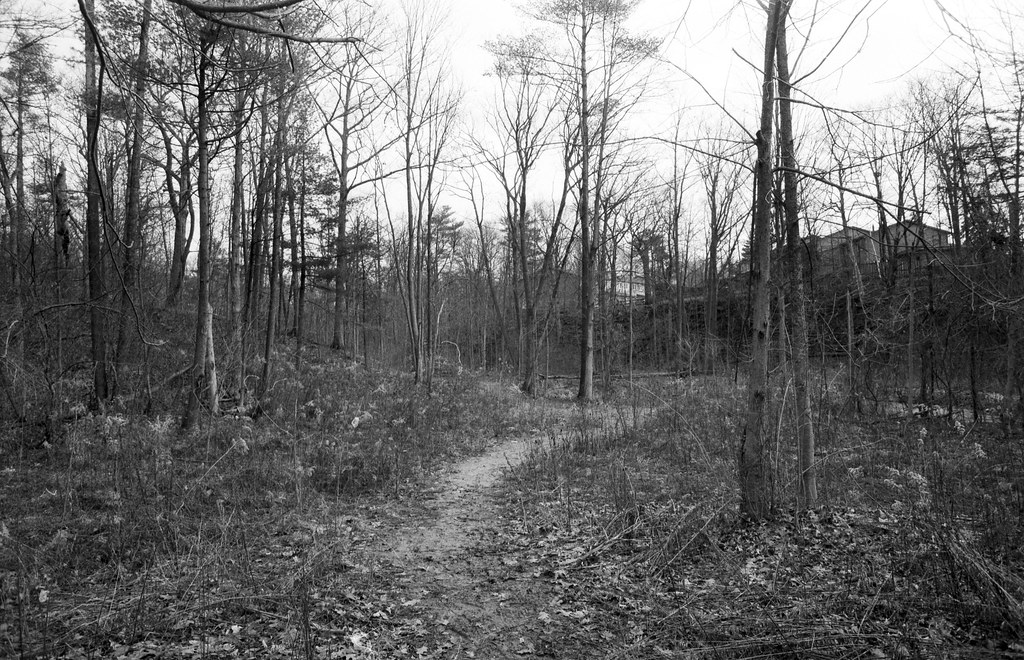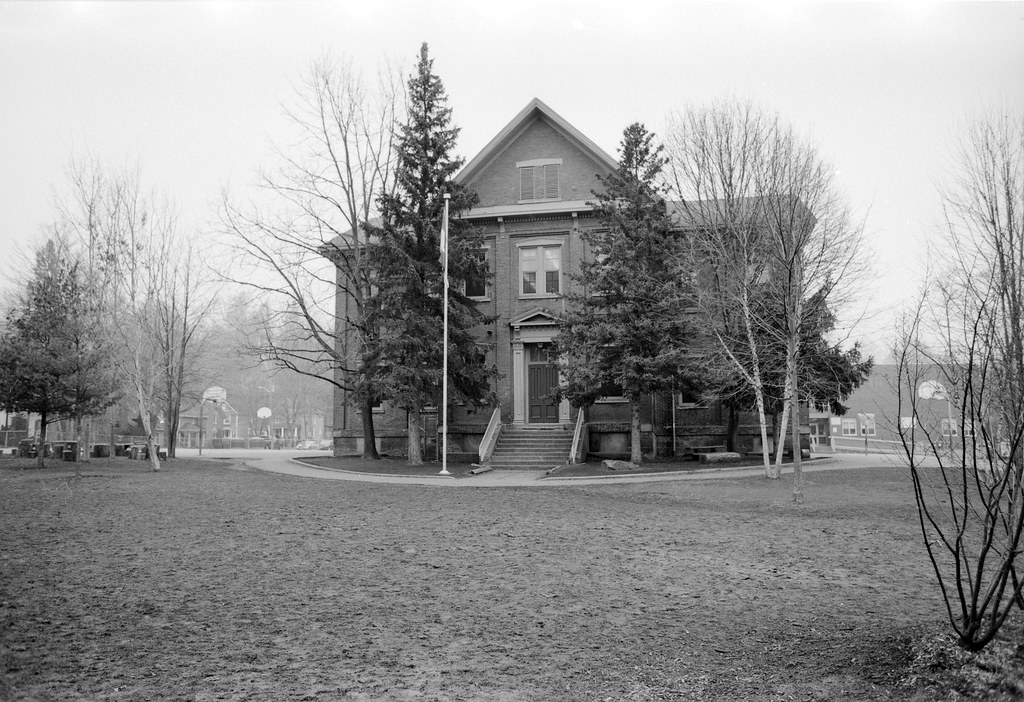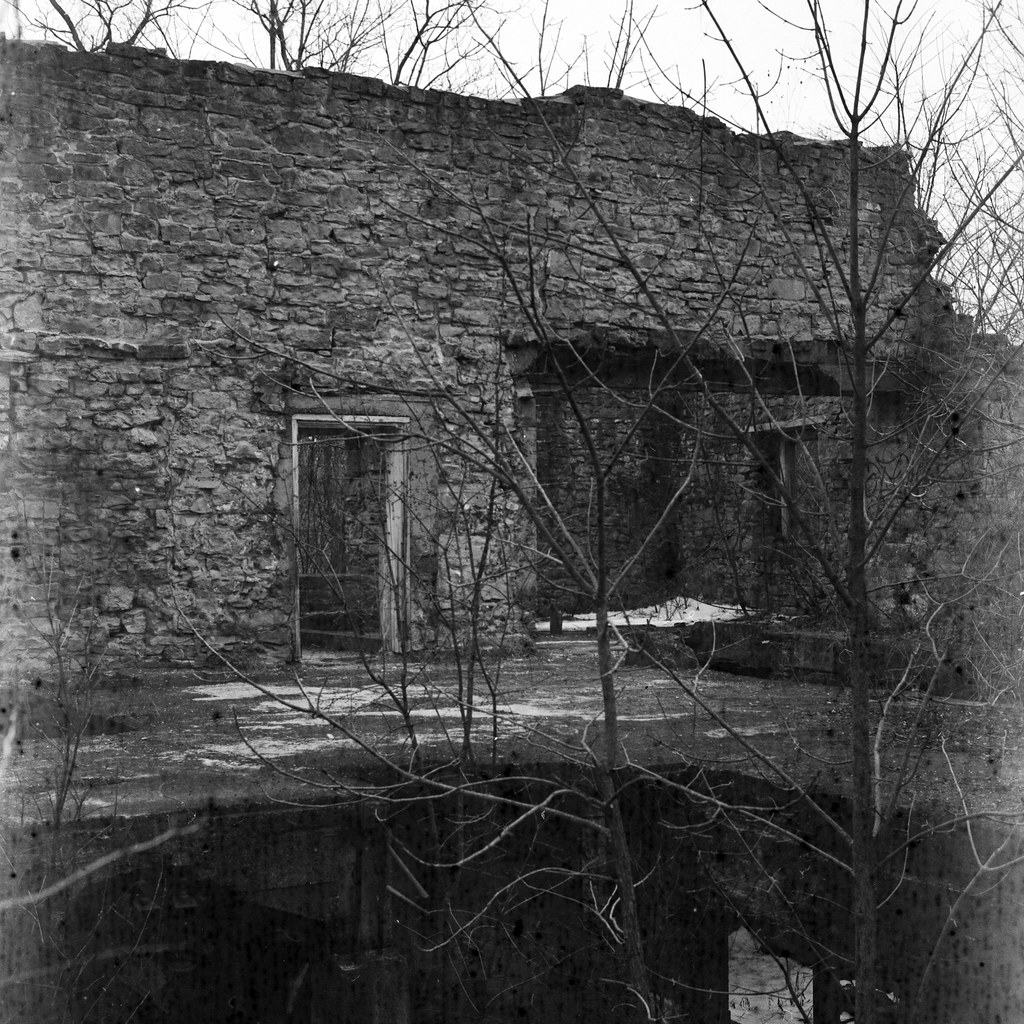While my tastes in developers do lean towards the more exotic, something is refreshing about a standard baseline developer. In my books, that developer has always been Kodak D-76; these days, you can get the stuff in many different forms from different manufacturers. The first developer review that I wrote was on D-76 and I have since done Ilford’s version, ID-11, and Flic Film’s Classic MQ. It’s no secret that D-76 is one of the team’s favourites at the Film Photograph Project. The idea that you can get results from almost any film stock by using D-76 Stock for six minutes has been promoted by the FPP for many years, so it should be no surprise that they have a house brand clone of D-76, FPP or “Dalzel” 76. FPP-76 is your basic hydroquinone/metol-based developer, perfect for entry-level home development for those who have been developing for a long time or those starting their chemical journey.

Technical Details
Manufacturer: Film Photography Project
Name: Dalzell76
Primary Developer: Metol & Hydroquinone
Type: Reusable/One-Shot
Mix From: Powder




Handling
Mixing up FPP76 is the same as other developers of this type; there’s a single pack of powder and no need to measure anything else. According to the instructions, adding 500mL of water to the bottle you’ll be storing the developer in at room temperature (20C/68F) is okay, but a little hotter will make it easier to dissolve the powder fully. Ensure you are using good water; if you need clarification on your water quality, use distilled water. Then, add all the contents of the pouch, shake it, and let it sit for twenty minutes, then top it up to 1 litre. These instructions seemed weird, so I went with the same method of mixing as Ilford ID-11 using my magnetic stirrer and everything mixed up without difficulty. A full bottle stored properly will last six months, and you can develop ten rolls of film using the stock solution. You can also use FPP76 as a one-shot developer, diluting it 1+1 or 1+2. Now, you can mix and match using stock and diluted mixes, but watch out once you have started to get to the halfway mark on the stock or in volume, as results may start to be inconsistent. Now, you can extend the developer beyond those ten rolls in stock dilution, but you have to start adding time to your development. I recommend looking at Ilford ID-11’s datasheet for a starting point. A smaller 1-litre bottle makes FPP76 economical for cost-per-roll and in areas with reduced space. I recommend storing FPP76 in a well-labelled bottle, especially if you’re using reused pop bottles and keeping them away from children, either out of reach or properly secured. Once you’ve gone with only using the stock dilution, properly dispose of the exhausted developer.




Applications
As with any Hydroquinone/Metol-based developer, FPP76 is the perfect entry-level developer if you’re starting your journey into home development. FPP76 is a low-cost developer alternative to big-name brands like Ilford and Kodak. FPP76 is made to the same standards as these big brands but can also support the ongoing mission of the FPP. You can process much film in a single litre of chemistry, which works well with traditional-grained and modern cubic-grained films. I enjoy using these developers when I want a baseline result for film stocks. This fact is evident when you’re utilising the stock dilution; it works well on every film out there, and there are always published times available. And because this is the same formula as D-76, you can look up those times and go ahead and use them without trouble. Being available in a one-litre volume, you don’t have to have enough room to store a big one-gallon (3.8 litre) jug of chemistry, which, when you add in all the ancillary chemicals needed, starts to take up a lot of extra space alongside other pieces required for home development. But you don’t have to develop only film; you can also dilute FPP76 1+1 and develop paper, both darkroom prints and paper-based films such as FilmWashi Type A.




Qualities
One of the strongest qualities about FPP-76 is that it behaves exactly like the other clones of D-76, it neither adds or subtracts from the qualities of the films you develop with the chemistry. This quality is shown mainly when using the working stock solution. You get to see the natural contrast, grain structure, and sharpness of your film stocks, with nothing added or subtracted. That said, you get full box speed out of your film stocks, but have a bit of play on either side with the natural latitude of your film stocks. Once you start to dilute the developer, you can get some more interesting results. When paired with TMax 100, you get a lovely classic results, and it would probably be enhanced with some overexposure. It also does a lovely job in smoothing out contrast, RPX 25, Pan F+, and Eastman Double-X. You also get some good compensation action when diluting the developer and a reduction in visible grain by cleaning up the structure.




Lowdown
The best place to pickup your pouch of FPP76 is directly from the FPP store and at a cost of 9 USD, it is an affordable and economically sound developer. But there are other shops around both online and in-person that carries the FPP house brand of chemicals. While there are plenty of options for this type of developer out there, the FPP version is a great choice when I cannot get my hands on ID-11 or Flic Film Classic MQ, the Classic MQ will probably start to become my D-76 clone of choice as it is readily available at Burlington Camera and is made right here in Canada.




Recommended Reading
Don’t just take my word on FPP-76 check out these other blogs on the subject!
No Other Reviews Found